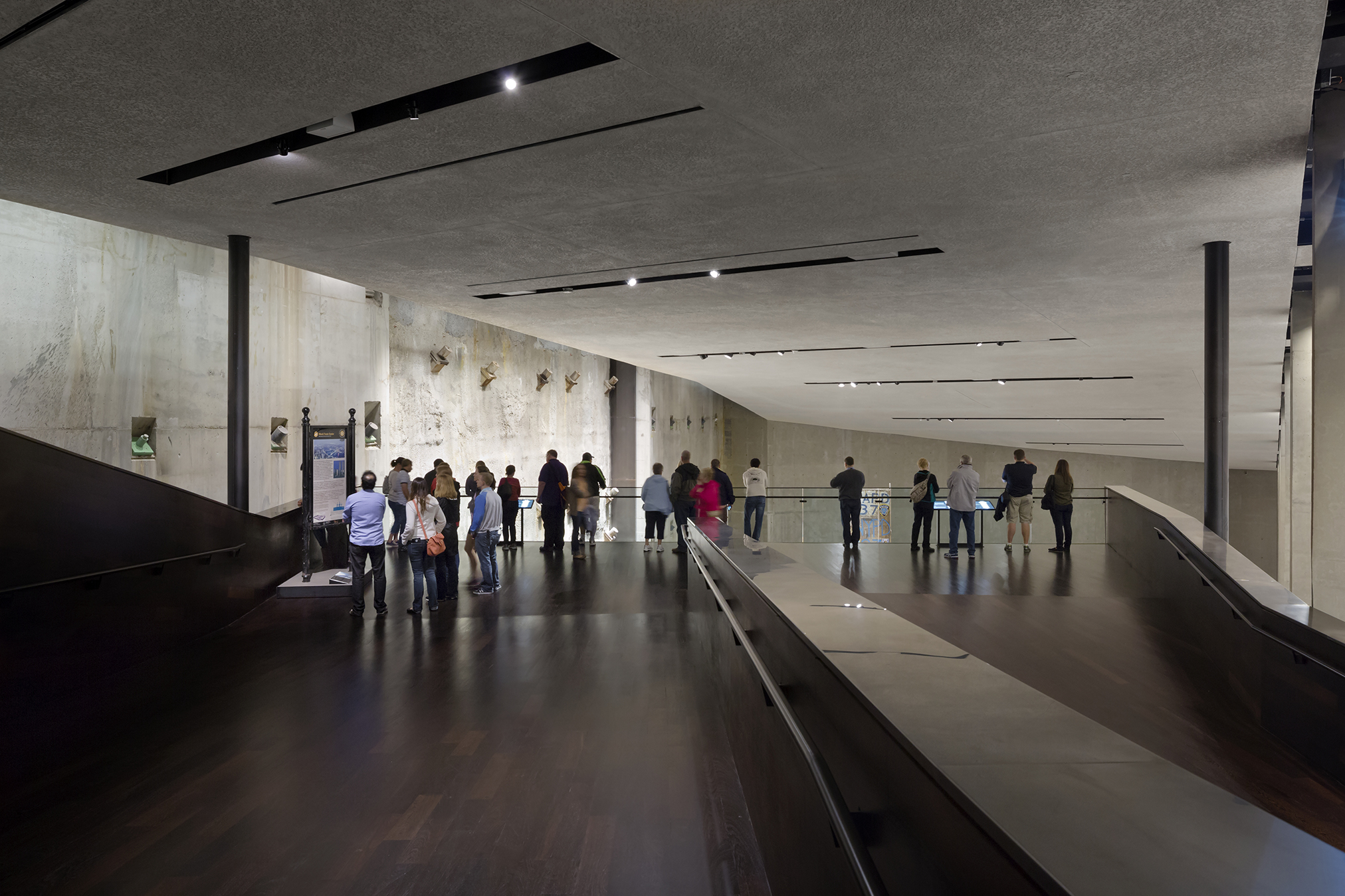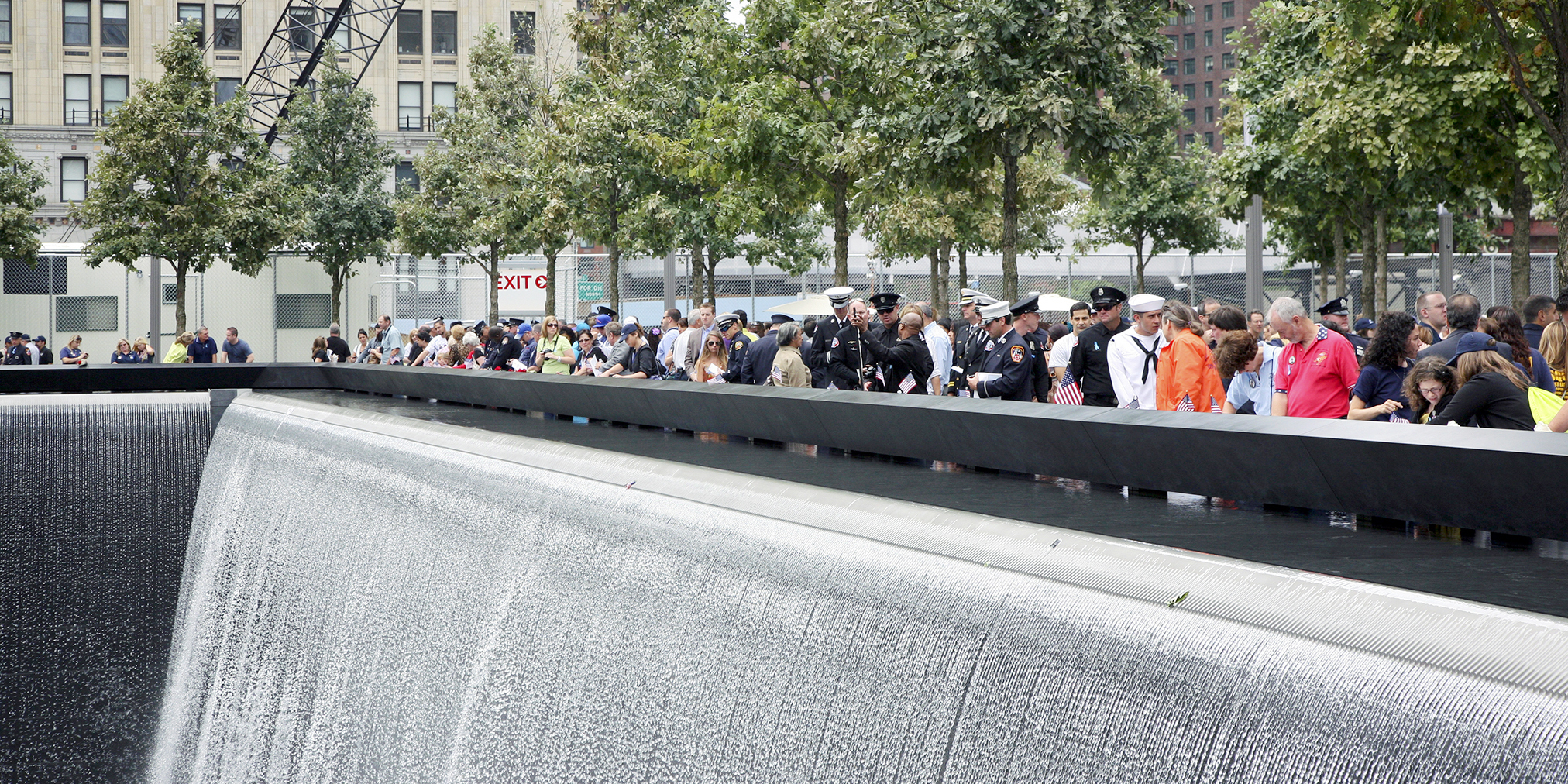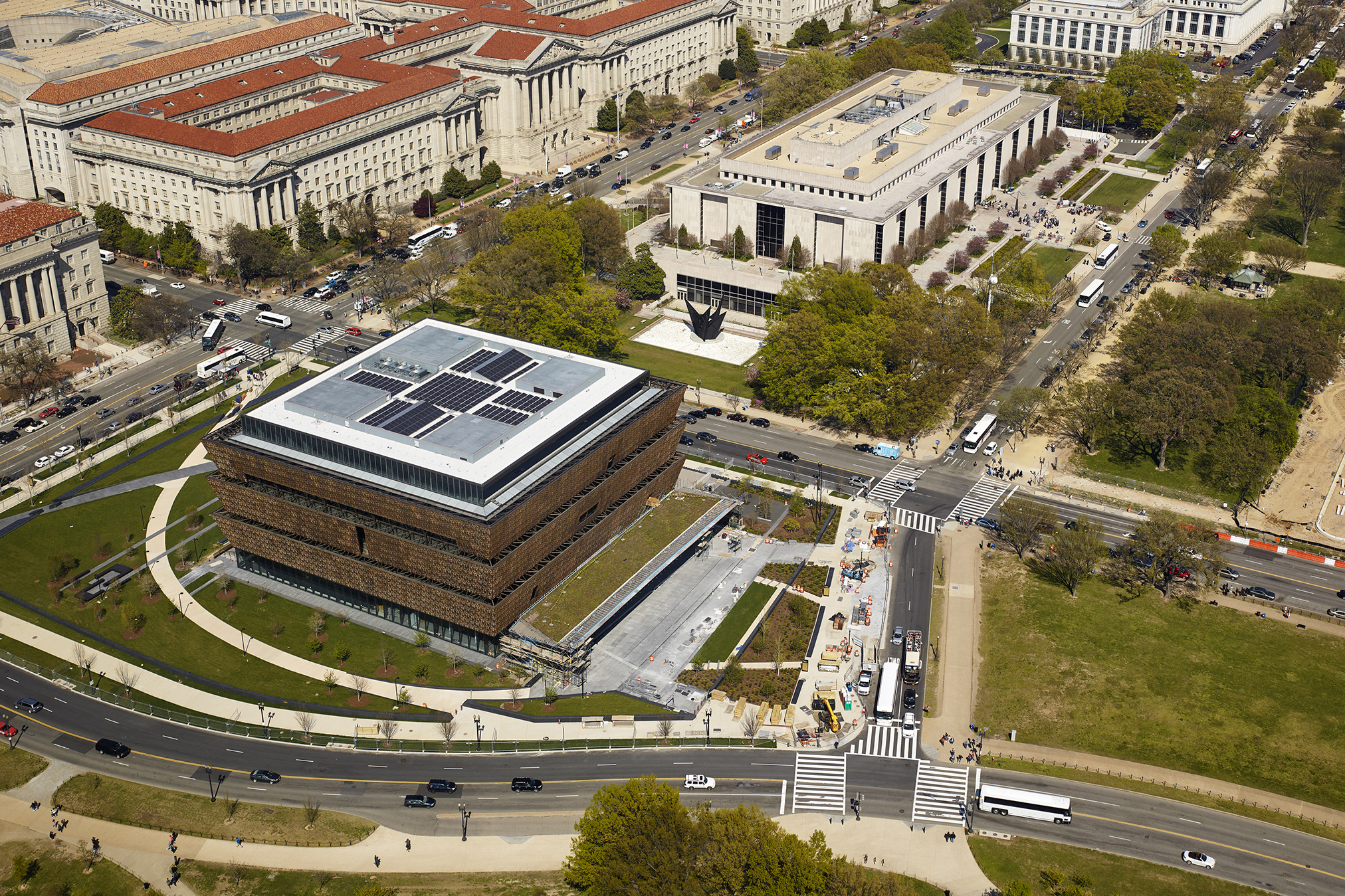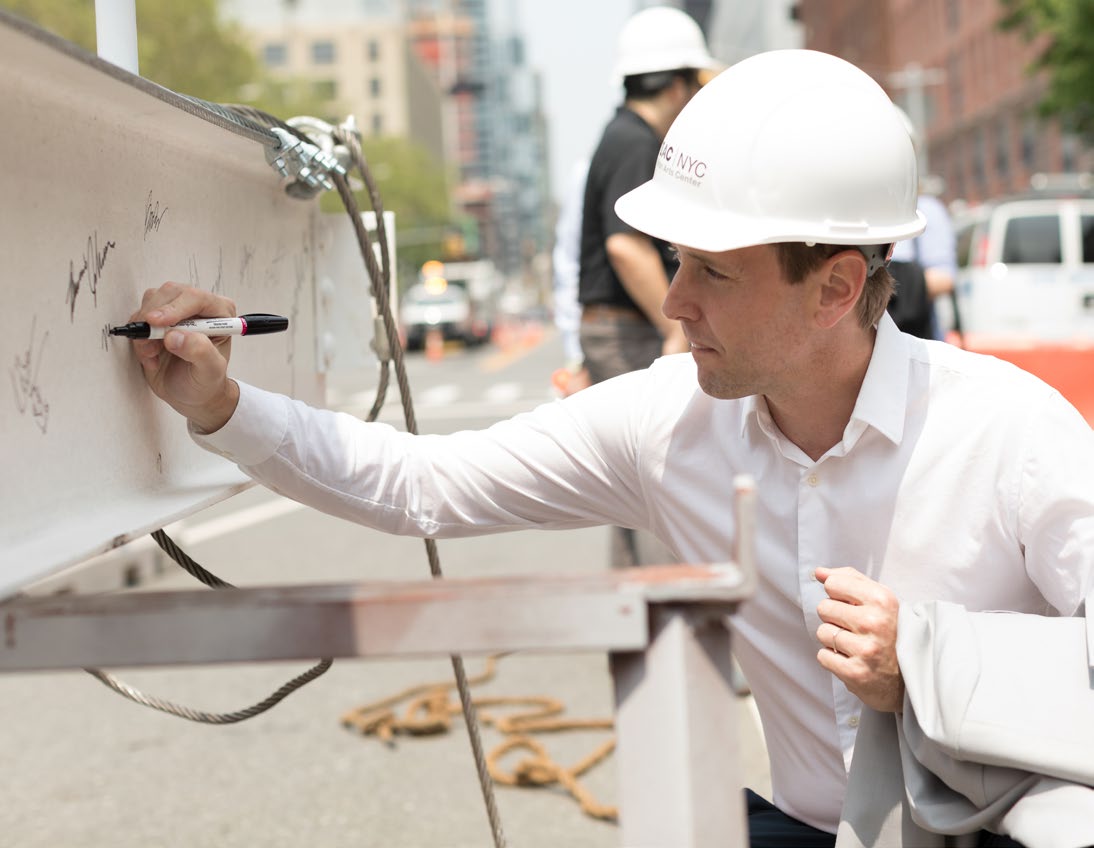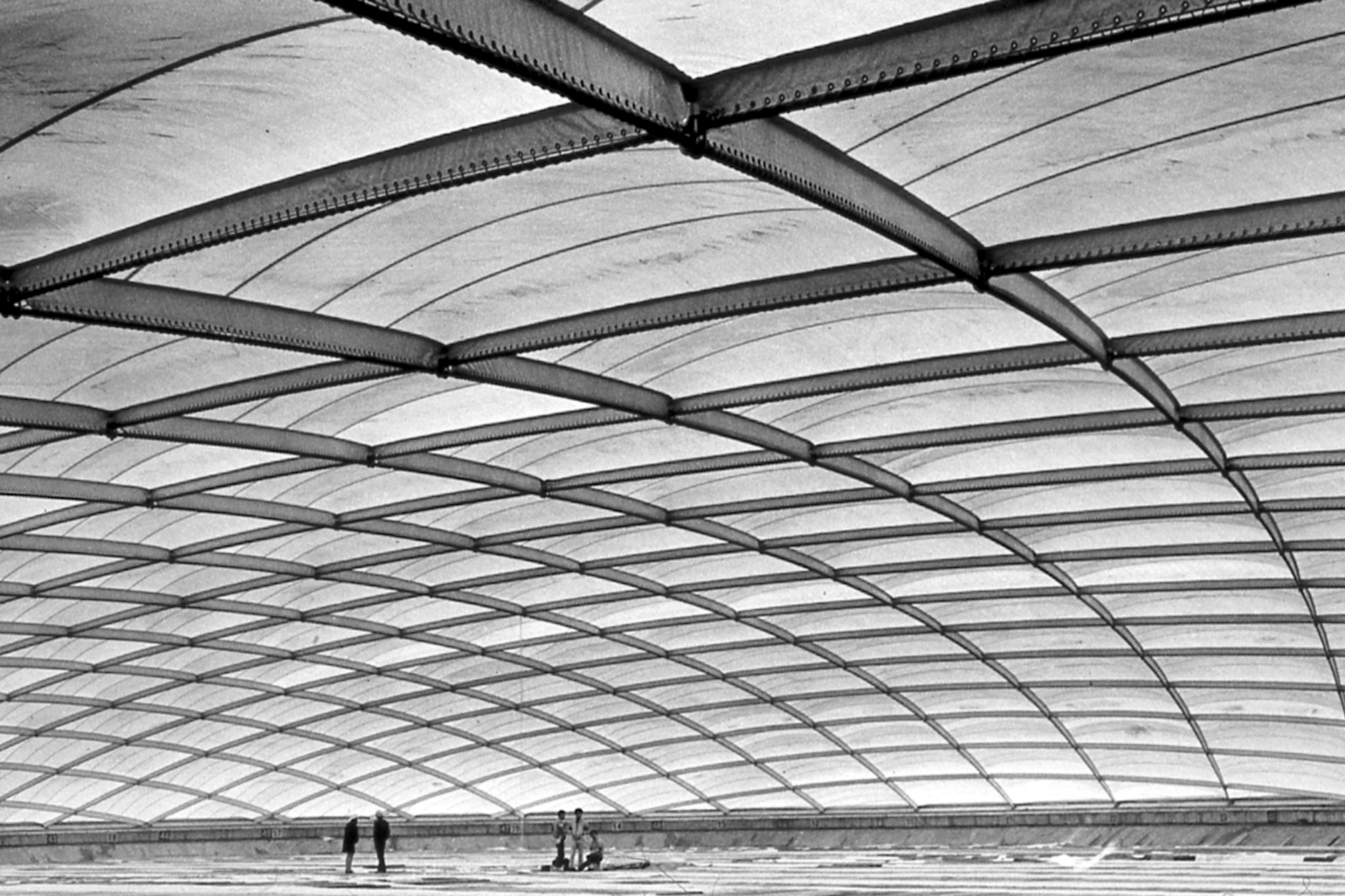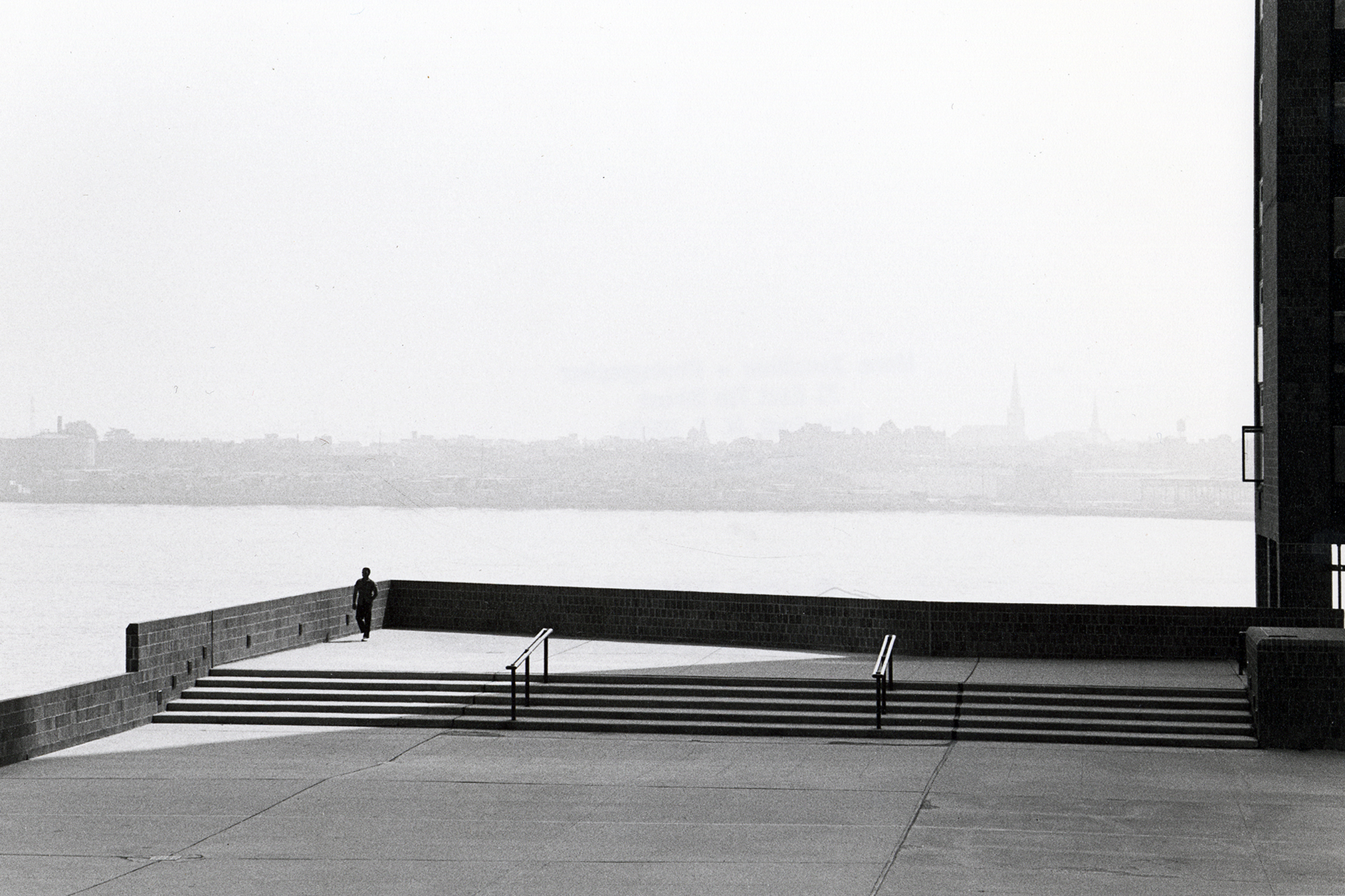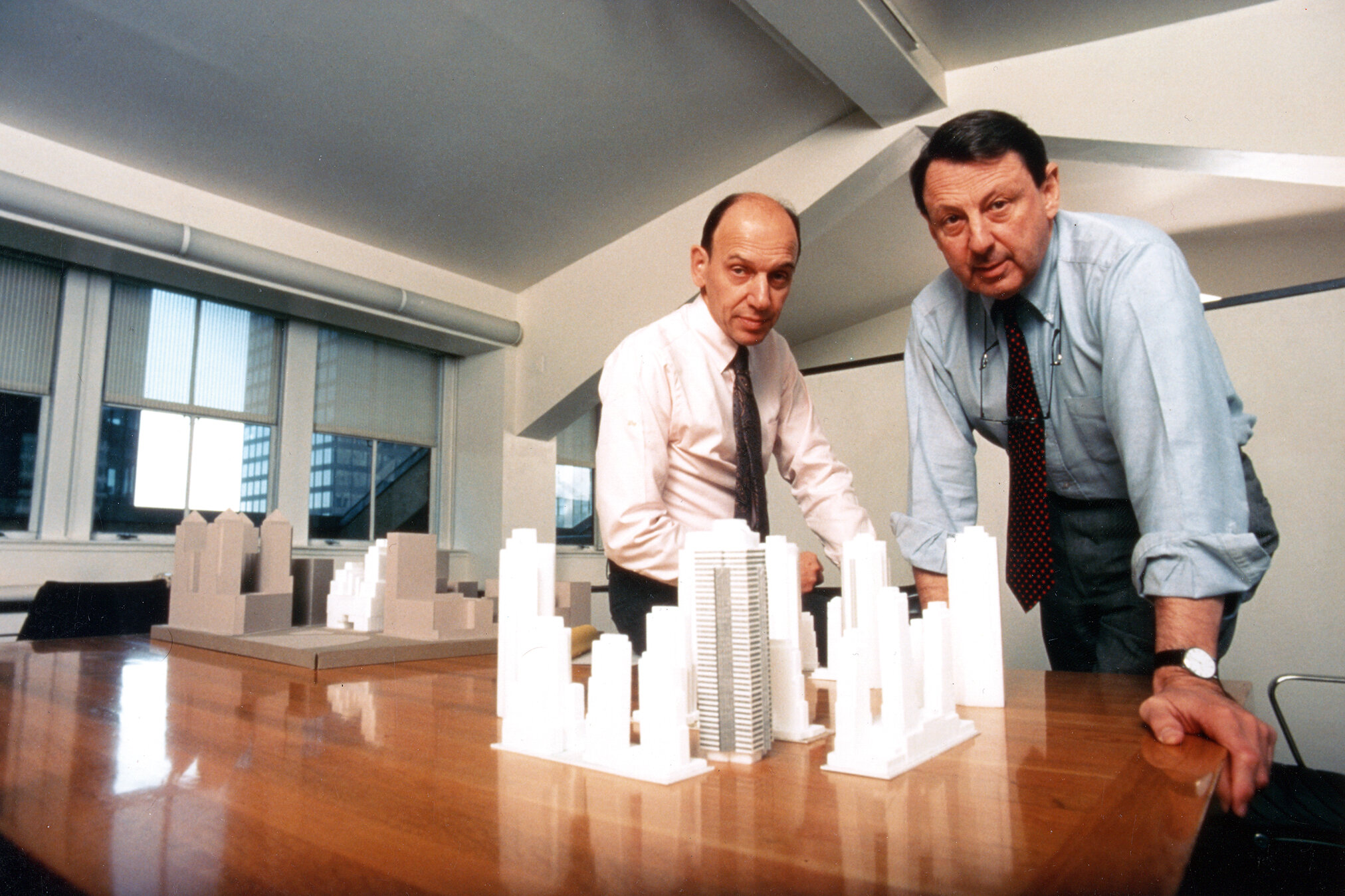OVERVIEW
Davis Brody Bond is known for innovative solutions to complex design challenges. Our diverse portfolio encompasses cultural, academic, research, civic, corporate, industrial, healthcare, and residential projects. The firm’s extraordinary contributions to the field of architecture have been recognized by more than 200 major design awards and honors, including the American Institute of Architects Firm Award, the highest honor given to an architectural practice, and the Presidential Award for Design Excellence. Our work is regularly published in the national and international design press.
The firm’s wide-ranging portfolio includes projects such as The John A. Paulson Center, a new 735,000 sf academic and residential development for New York University; the residential tower at One Hudson Yards; research and education facilities for Harvard University, Columbia University, New York University, and Princeton University among countless revered academic institutions; the South Court and restoration of the historic New York Public Library; industrial facilities worldwide; the headquarters for the US Census Bureau; and new US Embassies in Mexico City, Jakarta, and Pristina, Kosovo. We were the Design Architect for National September 11 Memorial Museum at the World Trade Center, and as Associate Architect, we oversaw the design of the Memorial site.
We are also Executive Architect for the new Perelman Performing Arts Center at World Trade Center site (with REX), as well as the Gilder Center at the American Museum of Natural History (with Studio Gang). As a founding member of the collaborative design consortium Freelon Adjaye Bond / SmithGroup, we were integral in bringing to life the Smithsonian Institution’s National Museum of African American History and Culture in Washington, DC. We co-designed (with KieranTimberlake) the recently-opened Paulson Center, a mixed-use “city within the city” that graciously accommodates a vast array of program needs including performing arts theaters, rehearsal and practice rooms, classrooms, informal study spaces, varsity sports facilities, a recreational gymnasium, and a café, and faculty and first-year student housing.
History + Legacy
In 1952, Lewis Davis and Samuel Brody founded the firm Davis, Brody & Associates. The firm’s reputation for innovative solutions to complex urban design challenges was established with the design of the Waterside and Riverbend housing complexes in New York City, through which the firm redefined public and assisted housing by creating new architectural forms to replace the stereotypical housing of the time.
In 1990 Davis Brody & Associates joined forces with Bond Ryder and Associates, with renowned architect and educator J. Max Bond, Jr. (1935–2009) becoming a firm partner. Bond Ryder and Associates was responsible for important cultural facilities including the Martin Luther King, Jr. Center for Nonviolent Social Change in Atlanta, GA; Harlem’s Schomburg Center for Research in Black Culture; and the Birmingham Civil Rights Institute. In 1996 the unified firm officially became known as Davis Brody Bond.
Sam Brody and Lew Davis, founders of Davis, Brody & Associates
Lew (right) with Richard Ravitch and NYC Mayor John Lindsay
Bond Ryder & Associates (J. Max Bond, Jr. at left)
From 1990 to 2008, Max’s vision and wisdom helped guide many significant cultural, civic, residential, and academic projects, from the Harlem Children’s Zone, to the Malcolm X Center / Audubon Ballroom Restoration, to the National September 11 Memorial Museum. It was due largely to his tireless efforts over many years that Davis Brody Bond was selected (as Freelon Adjaye Bond) to design the the Smithsonian National Museum of African American History and Culture — his crowning career achievement. Together with Phil Freelon and the museum staff, he developed the initial programming documents for the museum; and he collaborated with Mr. Freelon and David Adjaye on the the initial design concepts for the firm’s winning entry in the international design competition held in 2008. Tragically, Max passed away before seeing the museum’s completion. (Find out more about the life and legacy of Max Bond at the African American Design Nexus.)
From its earliest days, the firm’s commitment to social engagement and technical excellence has remained integral to its design approach. An early landmark achievement was the design for the United States Pavilion at the 1970 World’s Fair in Osaka, Japan, the first building to include an air-encapsulated structure reinforced by steel cable, and the forerunner of covered stadiums. The project — conceived in collaboration with exhibit designers Chermayeff & Geismar, US Information Agency chief designer Jack Masey, structural engineer David Geiger, and Japanese builder Obayashi-Gumi — was also the firm’s first to express the American spirit of innovation, openness, and collaboration on an international stage. That spirit continues today with large-scale cultural, civic, and industrial projects throughout South America and Asia, as well as work with the US State Department Bureau of Overseas Building Operations (OBO) on facilities around the world, including new US Embassies in Pristina, Kosovo; Jakarta, Indonesia; and Mexico City.
As we enter the 2020s, we embrace the challenges of a new era while standing firmly on the pillars established by our founding partners: design excellence, technical innovation, collaboration, environmental sensitivity, and social justice.
Washington, DC Office. Established in 2006, the Davis Brody Bond DC office collaborated on the Smithsonian Institution’s National Museum of African American History and Culture, the modernization and expansion of the Embassy of South Africa, and the National Great Blacks Wax Museum. This work follows the recent completion of the St. Elizabeths East Gateway Pavilion as well as two new LEED Gold neighborhood libraries within the DC Public Library system, the Dorothy I. Height / Benning Library and the Watha T. Daniel / Shaw Library.
2020 Firm Statement on Social and Racial Justice. Davis Brody Bond expresses our solidarity with those who are standing up for the principles of equality and opportunity for all people, and we are outraged having witnessed the continuing pain, suffering, and violence experienced by our nation’s African-American citizens and other communities of color. An open society allows no room for racism, no room for violence, and no room for the mistreatment of any fellow human being. Davis Brody Bond stands in strong support of the peaceful protestors marching for justice and equity. We must all have the freedom to speak our mind without reservation, repercussion, or persecution; and all deserve to live in a society where no one should have to march for basic human rights.
During these difficult times for our nation we, as individuals and as a society, must contemplate and act to address ingrained patterns of injustice, oppression, and systemic discrimination. On behalf of our staff, and in support of our Black colleagues, we resolve to improve opportunities, mentorship, and professional development. For our larger community, we commit to increase our outreach to the less privileged. As architects we will strive to create built environments and public spaces that are open, equitable, and accessible — places that contribute to the quality of life for all people, and especially for those in underserved communities.

